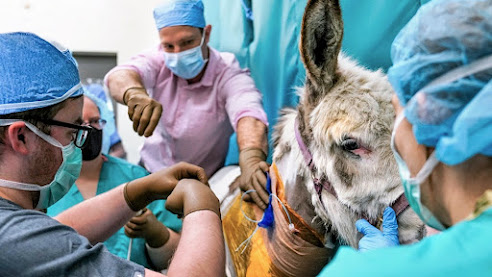Two biomedical imaging technologies developed with support from the National Institute of Biomedical Imaging and Bioengineering (NIBIB) have been cleared for clinical use by the Food and Drug Administration (FDA). Both technologies offer advances in computed tomography (CT).
In one of these developments, project lead Cynthia McCollough, Ph.D., director of Mayo Clinic’s CT Clinical Innovation Center and her team helped develop the first photon-counting detector (PCD)-CT system, which is superior to current CT technology. CT imaging has been an immense clinical asset for diagnosing many diseases and injuries. However, since its introduction into the clinic in 1971, the way that the CT detector converts x-rays to electrical signals has remained essentially the same. Photon-counting detectors operate using a fundamentally different mechanism than any prior CT detector ever has.
“This is the first major imaging advancement cleared by the FDA for CT in a decade,” stated Behrouz Shabestari, Ph.D., director of the division of Health Informatics Technologies. “The impact of this development will be far-reaching and provide clinicians with more detailed information for medical diagnoses.”
A CT scan is obtained when an x-ray beam rotates around a patient, allowing x-rays to pass through the patient. As the x-rays leave the patient a picture is taken by a detector and the information is transmitted to a computer for further processing. “Standard CT detectors use a two-step process, where x-rays are turned into light and then light is converted to an electrical signal,” explained Cynthia McCollough. “The photon-counting detector uses a one-step process where the x-ray is immediately transformed into an electrical signal.”
















.jpg)